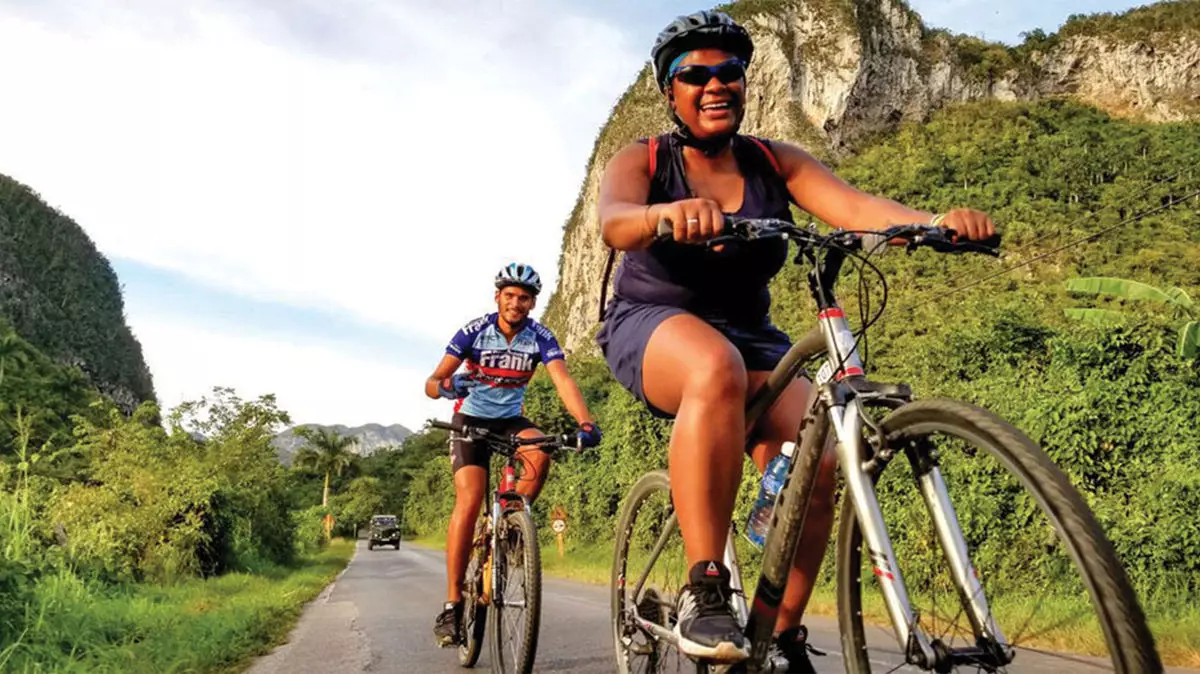Cuba, a picturesque Caribbean island known for its vibrant culture and rich history, has faced a myriad of obstacles in recent years, adversely impacting its tourism sector. While political challenges have long overshadowed the country’s potential, a combination of natural disasters and deteriorating infrastructure has further exacerbated the situation. Despite the adversities, the industry exhibits hints of resilience, indicating a complex landscape for tourism in Cuba.
The Onslaught of Natural Disasters
In recent months, Cuba has been hit by a series of formidable natural events, including hurricanes and earthquakes, which have taken a toll on both infrastructure and public confidence in the tourism sector. The onset of these calamities began with a significant blackout on October 18, followed by Hurricane Oscar striking eastern Cuba just two days later. This was succeeded by Hurricane Rafael in early November, which brought Category 3 winds to the western region of the island. The situation escalated further with a powerful 6.8 magnitude earthquake on November 10, shaking the eastern part of the country. These events coalesced to create an atmosphere of uncertainty that weighs heavily on prospective travelers contemplating a visit to Cuba.
Self-proclaimed tourism expert, Jesus Noguera, has labeled the impact of these recent events as one of the darkest periods in Cuba’s tourism history. “This is undeniably the worst time for the tourism industry in Cuba,” he stated, stressing that the decline in visitor numbers mirrors figures from two decades ago rather than the robust pre-pandemic levels of 2019. As of September 2024, international arrivals in Cuba only reached approximately 1.7 million, equating to a mere 49.5% of the visitation figures prior to the health pandemic.
Deteriorating Infrastructure: A Long-term Challenge
Adding to the immediate effects of recent natural disasters, the long-standing issue of aging infrastructure looms large over Cuba’s tourism industry. The country’s power grid, largely reliant on Soviet-era technology, is in dire need of reform and updates. Noguera pointed out the challenges associated with securing consistent fuel sources, illustrating how these infrastructural inadequacies have stymied the full potential of Cuba’s tourism sector.
The pervasive issues extend beyond mere numbers; they taint the entire hospitality experience. Accommodation facilities struggle with sustaining operations during lengthy power outages. However, private businesses have started incorporating generators to ensure uninterrupted service, thereby offering visitors a semblance of comfort amidst adversity.
Despite the storm clouds gathering over Cuban tourism, there are signs of adaptability emerging within the industry. Tour operators are reassessing strategies to manage operations effectively amid power outages and climate disruptions. Leigh Barnes, president of Intrepid Travel’s Americas division, expressed a commitment to maintaining tours across Cuba, emphasizing transparency in communication with clients regarding potential disruptions. He noted, “While cancellations may have increased slightly, they remain in single digits.”
Furthermore, the private tourism sector appears robust. Many Havana establishments received accolades for their prompt adaptation to challenges, maintaining high service standards despite the existing circumstances. Noguera recommended that uncertain travelers consider engaging with official tour guides to ensure a smooth experience, reflecting a slight shift toward personalized service in an increasingly volatile landscape.
As Cuba’s tourism sector attempts to regain momentum, numerous factors will influence its trajectory moving forward. A notable concern remains the political landscape in the United States. Speculation surrounding potential shifts in U.S. policy following the appointment of Florida Senator Marco Rubio as Secretary of State raises questions about the long-term viability of U.S.-Cuba tourism relations.
Despite the uncertainty that follows U.S. political maneuvers, some tour operators express optimism. High-end tourism companies, such as Cultural Cuba, report a surge in bookings and sustainability in the luxury travel segment. David Lee, the owner of Cultural Cuba, claimed his business has grown significantly, defying the broader trends of the tourism market.
Cuba’s tourism landscape remains one of juxtaposition — an industry grappling with natural calamities, infrastructural weaknesses, and fluctuating international policies. While immediate challenges abound, the spirit of adaptability among tour operators and businesses, coupled with resilient local entrepreneurship, provides a glimmer of hope for Cuba’s tourism future. As the nation navigates these turbulent waters, it must harness these forces to stabilize and enhance its standing in the global tourism arena.


Leave a Reply